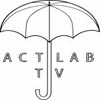
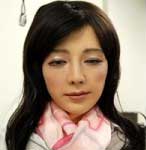 Suddenly, unaccountably, you feel the hair on
the back of your neck stand up. Something creepy is happening, but
you can't explain it. Ernst Jentsch and, later, Sigmund Freud defined
uncanny as the feeling evoked by being in the presence of something
simultaneously familiar and strange.
Suddenly, unaccountably, you feel the hair on
the back of your neck stand up. Something creepy is happening, but
you can't explain it. Ernst Jentsch and, later, Sigmund Freud defined
uncanny as the feeling evoked by being in the presence of something
simultaneously familiar and strange.
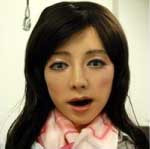 For instance, animators working on characters for the film Final
Fantasy were able to make them look astonishingly human -- but screen
tests unexpectedly revealed that audiences were creeped out by nearly
unnoticeable differences between the synthetic characters and actual
humans. Researcher Masahiro Mori pointed out that as a robot is made
more humanlike a human's emotional response to the robot will become
increasingly empathic, until the robot's humanlikeness reaches a
point beyond which the human's response suddenly switches to alarm
and repulsion. But as the robot continues to become more humanlike,
the human's emotional response becomes positive again and approaches
human-to-human empathy levels. Mori called the space of repulsion
between the two experiences of empathy the Uncanny Valley. What makes
something uncanny? How can an experience of the uncanny be evoked?
For instance, animators working on characters for the film Final
Fantasy were able to make them look astonishingly human -- but screen
tests unexpectedly revealed that audiences were creeped out by nearly
unnoticeable differences between the synthetic characters and actual
humans. Researcher Masahiro Mori pointed out that as a robot is made
more humanlike a human's emotional response to the robot will become
increasingly empathic, until the robot's humanlikeness reaches a
point beyond which the human's response suddenly switches to alarm
and repulsion. But as the robot continues to become more humanlike,
the human's emotional response becomes positive again and approaches
human-to-human empathy levels. Mori called the space of repulsion
between the two experiences of empathy the Uncanny Valley. What makes
something uncanny? How can an experience of the uncanny be evoked?

Participants in the course may be students with no particular
experience in intermodal art/tech, but some are programmers, DJs,
photographers, animators, artists, performers, musicians, activists,
podcasters, and people with other interests. We'll supply readings,
films, videos and other resources. You will add your own resources to
the mix.
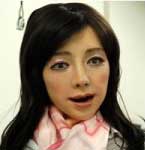
This course is not about defining the uncanny, nor will anyone ask you
to produce an essay about the historical significance of the
uncanny. Instead we'll treat the experience of the uncanny as a
resource for creativity, a springboard for theory, and a challenge to
cultural conceptions of "normal" in race, gender, and ethnicity.
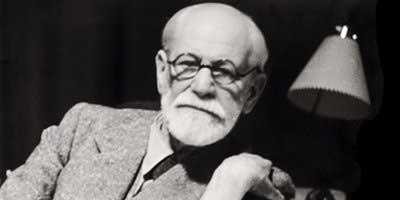
We will explore the uncanny in human psychology, sociology, and
storytelling, with attention to the inflection of the uncanny on the
cultural Other and possible interpretations of the posthuman. There
are no written exams, but in return we ask for more than you might
have to do for a final exam: you will use the theories and tools you
acquire during the semester to MAKE STUFF about some aspect of
the uncanny. What you make can be in any form: sound, installation,
video, computer animation, collage, sculpture, assemblage,
performance. You will do this in stages, starting with simple projects
and moving to more complex ones, using humor, irony, and unusual
approaches and techniques. We encourage your own interpretation and
voice.
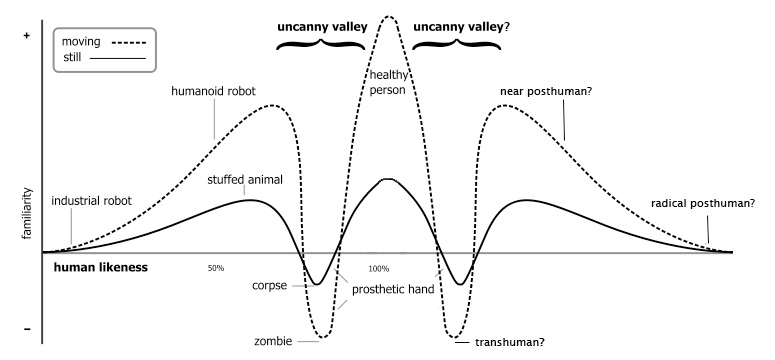
If there is enough interest, we'll schedule separate time for grad students to meet in discussion format for advanced study of theoretical inflections of the uncanny. Class is in studio and discussion format. This means that your active participation is a course requirement. During the semester we expect you to contribute your own ideas and arguments to the discussions, and to be willing to take the risks such contributions imply. In ACTLab courses we assume a high level of motivation on your part and your willingness to self-start, set your own goals, think independently, collaborate with others, seek help when you need it, and take risks. Let's make it an interesting semester!
Some resources:
Download the syllabus in pdf format
Requiremnts for ACTLab student web pages
Sigmund Freud's essay The Uncanny
Wikipedia's Uncanny page
Wikipedia's Abjection page
There are a lot more resources out there...go find 'em!







